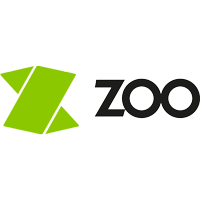Hollywood production houses have realised that genres like superhero, fantasy and action – something Bollywood doesn’t offer – are doing well in India. Therefore, for a diverse market comprising several regional centres, films are not just dubbed in Hindi, but also in other Indian languages.
Spider-Man first spoke Bhojpuri in May 2007. The venues were theatres of Bihar, the voice, Ravi Kishan, a popular local star. Spinning webs and flying from buildings don’t need the crutch of a language, but Makkad-Maanav – Peter Parker’s Bhojpuri avatar in Spider-Man 3 – had made a global franchise local.
Besides Bhojpuri, the film was dubbed in three other Indian languages, Hindi, Tamil, and Telugu, becoming a blockbuster. It was the seventh-highest grossing film at the Indian box-office in 2007, eclipsing Titanic’s earnings – the first Hollywood film to do so in a decade. It held that spot for the next two-and-a-half years, before James Cameron’s Avatar came up with better numbers. In the subsequent years, even the successful Hollywood films in India struggled to match up to Avatar’s figures. That changed in April 2015, with the release of Furious 7, which then became the most successful Hollywood release in India, the list of top Hollywood grossers has been frequently revised.
A year later, Jon Favreau’s The Jungle Book earned Rs 188 crore in India, netting nearly Rs 70 crore more than Furious 7.
Now, that record has been smashed. The Russo brothers’ Avengers: Infinity War has till now earned a stupendous Rs 220 crore, within just a month of its release. Only Padmaavat, with net earnings of Rs 302 crore, has earned more at the Indian box-office this year. Even last week’s release, Deadpool 2, earned an impressive Rs 33 crore in its opening weekend. The success of Hollywood films in India is no longer new or surprising, but it has taken a long time to arrive.

